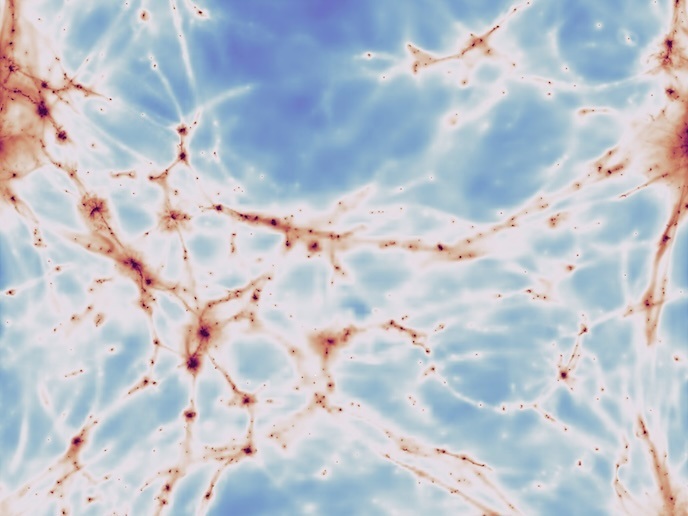A new look at neutrino oscillations
NUMI Off-axis ve Appearance (NOvA) is an international collaboration of more than 200 scientists and engineers from 39 universities, laboratories and other institutions. They use two detectors to measure oscillation probabilities in the Fermilab's Neutrinos at the Main Injector (NUMI) beam. When neutrinos travel from Fermilab near Chicago to Ash River Laboratory in northern Minnesota, United States through the crust of the Earth, scattering of electron neutrinos (ve) on atomic electrons can either enhance or suppress the oscillation probability. The effect is opposite in neutrinos compared with antineutrinos. Scientists compare the oscillation probabilities measured in neutrinos with that in antineutrinos to resolve the nature of ve. The EU-funded project NEUTRINOSNOVA (Searching for the remaining unknown neutrino oscillation parameters using the NOvA long baseline experiment) made a key contribution in this endeavour. The NEUTRINOSNOVA team played the leading role in development of an advanced system for the reliable collection of events seen within NOvA and smart triggering. The new data-driven trigger saves data based on the characteristic neutrino signature. Next, the petabytes of data accumulated need to be processed. The NEUTRINOSNOVA team orchestrated the efforts of 20 researchers responsible for interpreting the NOvA data through Monte Carlo simulations. The large data handling was enabled by cloud computing resources and innovative data management systems. The first results published in the renowned Physical Review Letters set new light on unknown aspects of neutrino mixing. Specifically, the NOvA experiment proved sensitive to the mass ordering of the three neutrino states and whether neutrinos mix differently than antineutrinos. The two NOvA detectors will collect data with neutrinos and antineutrinos over the next years. With Fermilab's neutrino beam at full strength and the tools to analyse the large data volumes generated readily available, the international collaboration is well positioned to give insights into the transforming world of neutrinos.







